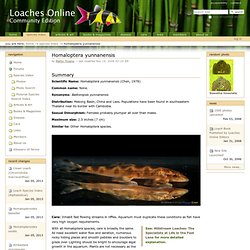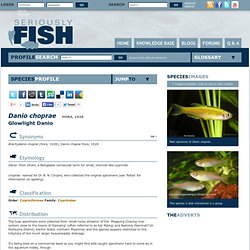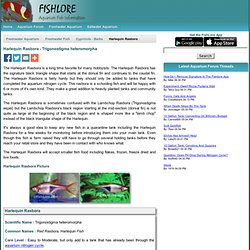

Immediate Benefits of a Planted Aquarium. After my article a few months ago on The Long Term Benefits of a Planted Tank ; I have learned a lot more from research and personal experience on the immediate benefits that plants offer your aquarium. Armed and ready with my water test kits, I carried out various water parameters tests from before I added plants and as I added more plants in the test aquarium one at a time daily. As water parameters changed and began to stabilise I started to realise the importance of a planted aquarium aside from the aesthetics. Along with some reading research and a lot of Googling I have come to some conclusions and they are as follows. Removes Harmful Ammonia One of the most important things that I would like to share with you is very simple. Stabilize pH This is a heavy one for me with my limited knowledge to explain.
Respiratory by fish causes your pH to drop. Respiratory by plants and photosynthesis causes pH to increase. Reduces Algae Allelopathy. Black Ghost Knife Fish. Black Ghost Knife Fish The Black Ghost Knife Fish is an interesting addition to any large aquarium. It certainly has become somewhat common in recent years and for that reason I can not classify it as an ‘odd-ball’ fish or a fish that only a few would keep. Just as any other fish the Black Ghost Knife Fish will indeed only take to some peoples fancy. However, in my experience as a retailer, this fish seems to take to most peoples fancy and therefore I decided to write this article. The Black Ghost Knife Fish (BGK) isn’t a fish that can just be kept in any aquarium.
BGK’s seek hiding places and they should be given plenty. They are still sold as carnivorous fish but I feed my own normal flakes which they seem to thoroughly enjoy. Your setup should also include a lot of plants. As they grow larger they might eat smaller fish. When these fish are housed with more ‘brave’ fish they also tend to become brave. Random Posts Like this: Like Loading... Homaloptera yunnanensis — Loaches Online. Summary Scientific Name: Homaloptera yunnanensis (Chen, 1978) Common name: None.

Synonyms: Balitoropsis yunnanensis Distribution: Mekong Basin, China and Laos. Populations have been found in southeastern Thailand near its border with Cambodia. Sexual Dimorphism: Females probably plumper all over than males. Maximum size: 2.5 inches (7 cm) Similar to: Other Homaloptera species. Care: Inhabit fast flowing streams in riffles. See: Hillstream Loaches: The Specialists at Life in the Fast Lane for more detailed explanation. With all Homaloptera species, care is broadly the same. Feeding: Good quality flake, sinking pellets, algae wafers, thawed frozen Bloodworm, Mysis Shrimp, blanched Spinach, Kale, natural algae an advantage.
Water parameters: pH:7.0-8.0. Temperature: 68ºF to 75ºF (20-23.8°C) Hemiancistrus sp. (L128) Panaque nigrolineatus. Danio choprae (Glowlight Danio. SynonymsTop ↑ Brachydanio choprai (Hora, 1928); Danio choprai Hora, 1928 Etymology Danio: from Dhani, a Bengalese vernacular term for small, minnow-like cyprinids.

Harlequin Rasbora - Trigonostigma heteromorpha. The Harlequin Rasbora is a long time favorite for many hobbyists.

The Harlequin Rasbora has the signature black triangle shape that starts at the dorsal fin and continues to the caudal fin. The Harlequin Rasbora is fairly hardy but they should only be added to tanks that have completed the aquarium nitrogen cycle. This rasbora is a schooling fish and will be happy with 6 or more of it's own kind.
They make a great addition to heavily planted tanks and community tanks. The Harlequin Rasbora is sometimes confused with the Lambchop Rasbora (Trigonostigma espei) but the Lambchop Rasbora's black region starting at the mid-section (dorsal fin) is not quite as large at the beginning of the black region and is shaped more like a "lamb chop" instead of the black triangular shape of the Harlequin. It's always a good idea to keep any new fish in a quarantine tank including the Harlequin Rasbora for a few weeks for monitoring before introducing them into your main tank. Mikrogeophagus ramirezi.